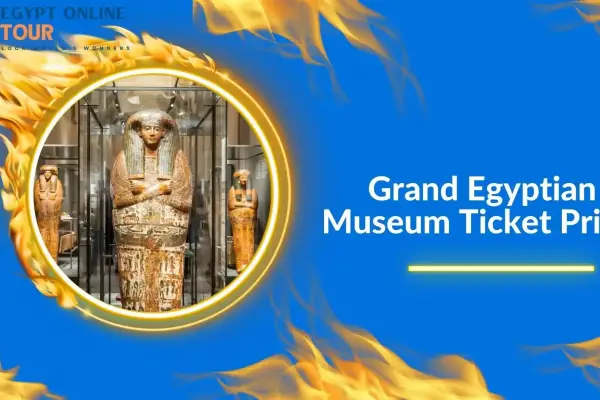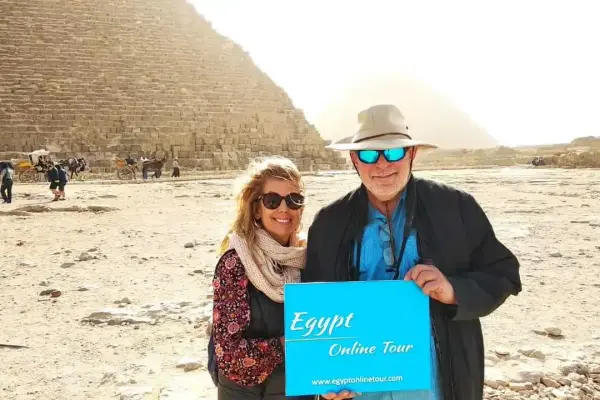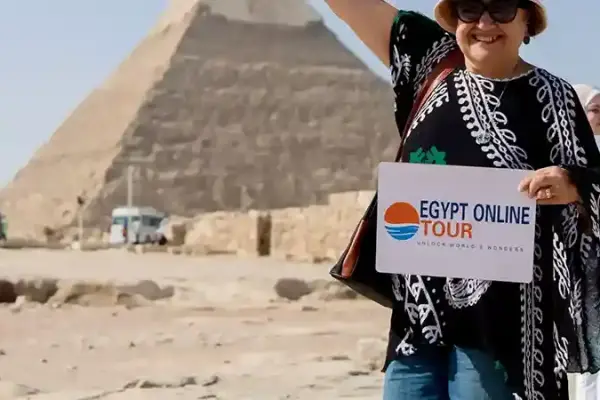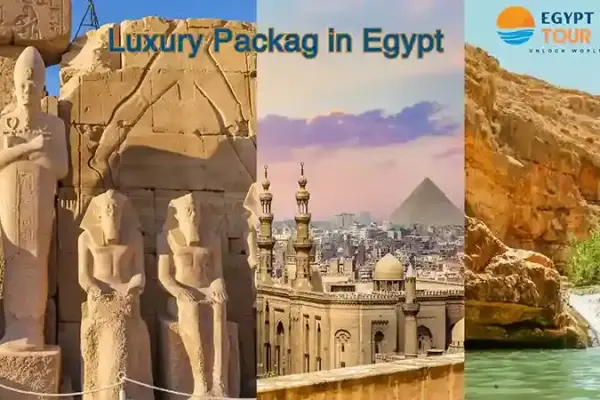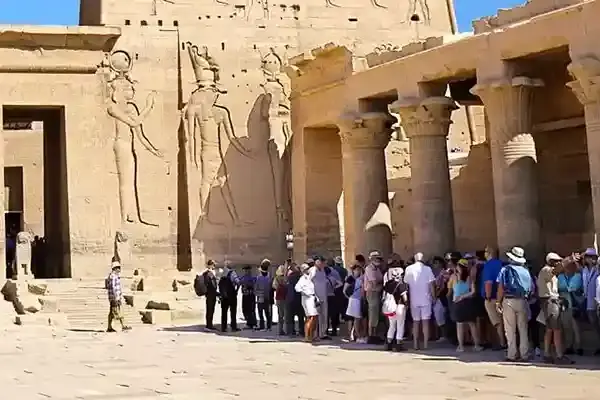Table of contents [Show]
Pyramid of Khentkaus I
The Pyramid of Khentkaus I
Even though it is one of Egypt's less well-known pyramids, the Pyramid of Khentkaus I is just as interesting as its more well-known rivals. The pyramid was constructed during the Fifth Dynasty and is situated in the historic cemetery of Abusir, close to Cairo. The history, importance, and unsolved riddles of the Pyramid of Khentkaus I will all be covered in this blog.
Discover in your Egypt Travel Packaes that including our tailored Cairo Day Tours The Tomb of Queen Khentkawes formerly known as the Pyramid of Khentkaus I was an exquisite reminder of Ancient Egypt's skill in building This mysterious monument at Giza gives details on the life and legacy of one of Egypt's greatest princesses. Discover the incredible beauty of the Khentkaus Pyramid and use Egypt Online Tour to enhance your trip to Egypt
History of Pyramid of Khentkaus I
During the time of Pharaoh Userkaf, who ruled Egypt from around 2494 to 2487 BCE, the Pyramid of Khentkaus I was constructed. The pyramid was constructed as a place of last rest for Khentkaus I, Userkaf's mother. Khentkaus I was a strong queen who exercised considerable authority throughout her son's rule.
Construction Khentkaus I
In comparison to other Egyptian pyramids, the Pyramid of Khentkaus I is quite modest, spanning only 33 metres on each side and rising little over 20 metres tall. The pyramid's top parts were covered in a granite casing and built from limestone and mud brick. A tiny mortuary temple and a causeway leading to a valley temple were also present on the pyramid.
Exploration Khentkaus Pyramid
Early in the 20th century, German archaeologist Ludwig Borchardt made the first investigation of the Pyramid of Khentkaus I. The causeway and mortuary temple of the pyramid, as well as a number of lesser tombs, were found by Borchardt. The pyramid, however, was not thoroughly investigated until the 1990s, when excavations were started by a group of Czech archaeologists under the direction of Miroslav Verner.
Mysteries of Khentkaus I
The Pyramid of Khentkaus I still has a lot of unanswered questions despite recent excavations. The lack of Khentkaus I's remains is among the greatest puzzles. While her coffin and mummy have never been discovered, it is apparent that the pyramid was constructed for her. Some archaeologists think tomb raiders stole her bones from the pyramid, while others think she was interred somewhere else entirely.
The purpose of the nearby tiny pyramids is another unsolved enigma. The actual reason and meaning of these pyramids are still unclear, however it is thought that they were constructed for Khentkaus I's family.
Tomb of Khentkaus I Significance
The Khentkaus I Pyramid is noteworthy for a number of reasons despite its modest size. First of all, it gives an intriguing peek into the life and rule of Pharaoh Userkaf and his strong queen mother. Khentkaus I may have played a significant role in Egyptian civilization, based on the design of the pyramid and its location.
The Khentkaus I Pyramid's distinctive architectural characteristics are also important. A Fifth Dynasty pyramid wouldn't typically be this little or built with mud bricks, but this one is. The causeway and temple associated with the pyramid's funerary function also shed light on ancient Egyptian burial customs.
While being less well-known than its more well-known brethren, the Khentkaus I Pyramid is no less remarkable. The building's design and setting provide light on Pharaoh Userkaf's life and reign, as well as that of his strong queen mother. Even though there are still many unanswered questions regarding the pyramid, subsequent digs have revealed more about its past and importance Discover cairo with our Egypt Online tour Travel guide
Popular Categories
Popular Posts

Top Alexandria Beaches You Must Visit 2026

What are the important holidays in Egypt?


